 I’d like to know what topics that you’d like to read about here. Got a burning question in mind? Simply leave a comment below. Keep in mind, the more specific the better.
I’d like to know what topics that you’d like to read about here. Got a burning question in mind? Simply leave a comment below. Keep in mind, the more specific the better.
As usual, I can’t make any promises, but I will take each suggestion into consideration. Thanks!

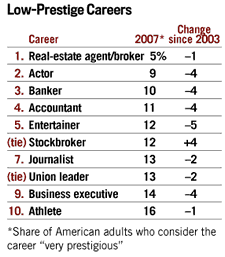
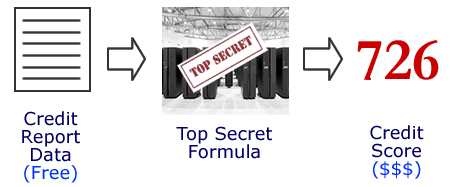
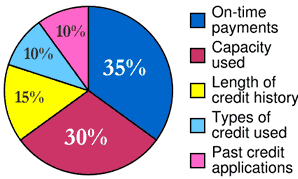
 Flip This House on the A&E Channel focuses on the real estate flips of experienced investor teams. They pretty much know that they are doing, so I almost just sit back and take notes. My favorite team by far is Trademark Properties, with leader Richard Davis and trusty sidekick Ginger. They always seem very smart and professional in all their dealings. Apparently, Davis has a lawsuit against A&E over alleged non-payment, and so has moved to a new show on the TLC channel called The Real Estate Pros. I’ll definitely follow them there.
Flip This House on the A&E Channel focuses on the real estate flips of experienced investor teams. They pretty much know that they are doing, so I almost just sit back and take notes. My favorite team by far is Trademark Properties, with leader Richard Davis and trusty sidekick Ginger. They always seem very smart and professional in all their dealings. Apparently, Davis has a lawsuit against A&E over alleged non-payment, and so has moved to a new show on the TLC channel called The Real Estate Pros. I’ll definitely follow them there. Creative name, huh? TLC’s Flip That House usually has episodes involving more novice flippers, often first-timers. Surprisingly, most of the flippers seem to stay on track, and although there are some stumbles here and there, they usually come out only a bit behind schedule with the house looking beautiful. What I don’t like about this show is they always show “projected profit”, as if the flippers always get their full asking price for their house. Overall, I like this show, but it does seems to try a little too hard to make the flippers look good.
Creative name, huh? TLC’s Flip That House usually has episodes involving more novice flippers, often first-timers. Surprisingly, most of the flippers seem to stay on track, and although there are some stumbles here and there, they usually come out only a bit behind schedule with the house looking beautiful. What I don’t like about this show is they always show “projected profit”, as if the flippers always get their full asking price for their house. Overall, I like this show, but it does seems to try a little too hard to make the flippers look good. Are you tired of seeing all these greedy flippers? Do you want to see some people crash and burn? Then The Property Ladder (TLC) is the show for you! Composed almost completely of first-time flippers, this show isn’t afraid to reveal the ugly side of flipping. Hideous remodels, poorly-managed contractors, going insanely over-budget, fighting between partners, you name it. They give you status updates like “The house sat on the market for 10 weeks with not a single bid. Bob is now looking for renters.” Think of it as a show about what not do to.
Are you tired of seeing all these greedy flippers? Do you want to see some people crash and burn? Then The Property Ladder (TLC) is the show for you! Composed almost completely of first-time flippers, this show isn’t afraid to reveal the ugly side of flipping. Hideous remodels, poorly-managed contractors, going insanely over-budget, fighting between partners, you name it. They give you status updates like “The house sat on the market for 10 weeks with not a single bid. Bob is now looking for renters.” Think of it as a show about what not do to. Still no house yet. But I have been reading about mortgages, and one common debate amongst mortgage holders is whether to send in extra money towards the principal in addition to the required monthly payments. Usually, the argument evolves into these two opposing views:
Still no house yet. But I have been reading about mortgages, and one common debate amongst mortgage holders is whether to send in extra money towards the principal in addition to the required monthly payments. Usually, the argument evolves into these two opposing views: Up until recently, I never really thought about my parents’ financial situation. While growing up, they did a really good job of shielding us from their financial worries and setbacks. Looking back, I’m sure there were some tough times.
Up until recently, I never really thought about my parents’ financial situation. While growing up, they did a really good job of shielding us from their financial worries and setbacks. Looking back, I’m sure there were some tough times. Since my
Since my  When I first plugged it in, nothing happened. The 1-page manual said “Take it out, and try another USB port.” I did that, and a small blue light on the MajicJack turned on, and it started to self-install on my computer. No CDs required. It proceed to make sure my firewall was configured correctly, and then asked me some personal address info for 911 service and also to pick my phone number.
When I first plugged it in, nothing happened. The 1-page manual said “Take it out, and try another USB port.” I did that, and a small blue light on the MajicJack turned on, and it started to self-install on my computer. No CDs required. It proceed to make sure my firewall was configured correctly, and then asked me some personal address info for 911 service and also to pick my phone number.
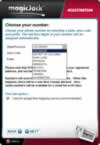
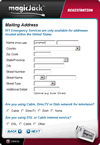
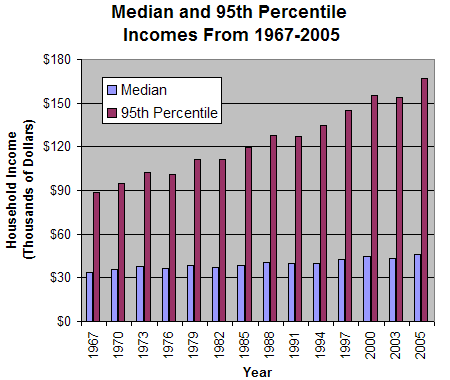
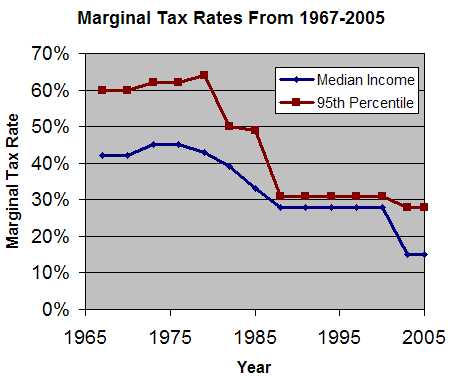
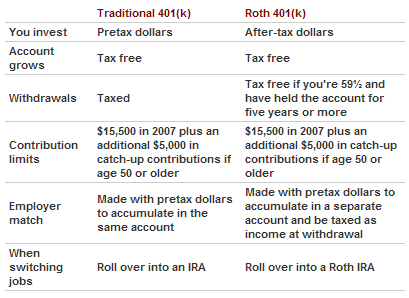
 The Best Credit Card Bonus Offers – March 2024
The Best Credit Card Bonus Offers – March 2024 Big List of Free Stocks from Brokerage Apps
Big List of Free Stocks from Brokerage Apps Best Interest Rates on Cash - March 2024
Best Interest Rates on Cash - March 2024 Free Credit Scores x 3 + Free Credit Monitoring
Free Credit Scores x 3 + Free Credit Monitoring Best No Fee 0% APR Balance Transfer Offers
Best No Fee 0% APR Balance Transfer Offers Little-Known Cellular Data Plans That Can Save Big Money
Little-Known Cellular Data Plans That Can Save Big Money How To Haggle Your Cable or Direct TV Bill
How To Haggle Your Cable or Direct TV Bill Big List of Free Consumer Data Reports (Credit, Rent, Work)
Big List of Free Consumer Data Reports (Credit, Rent, Work)